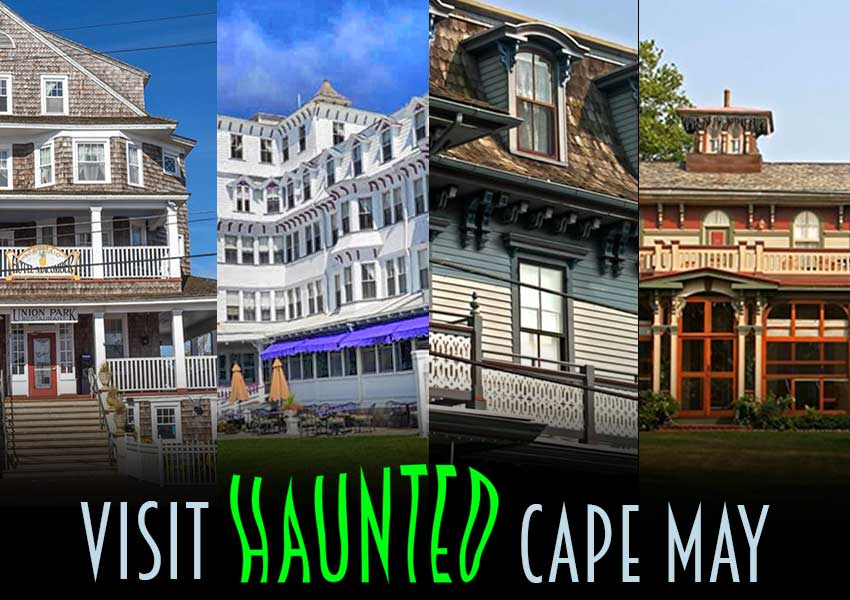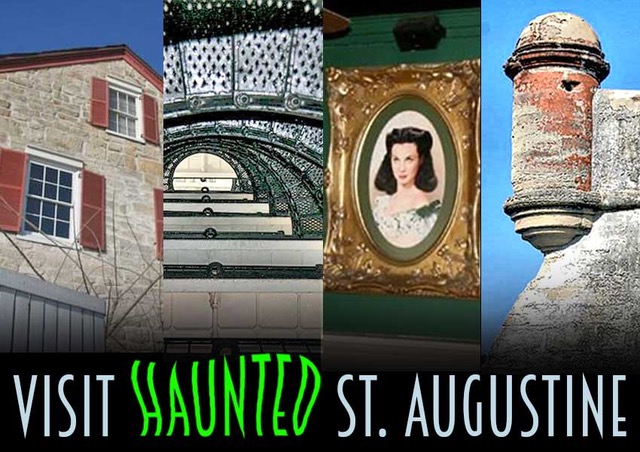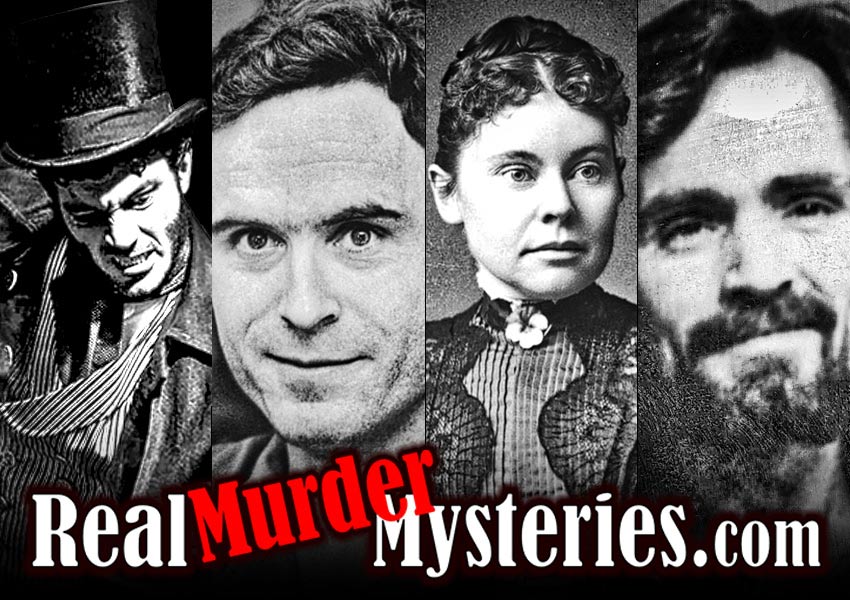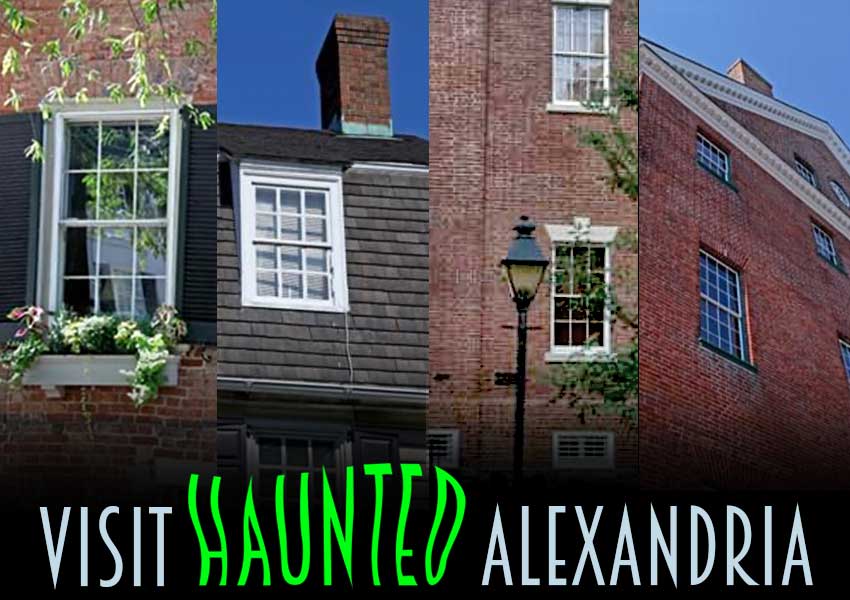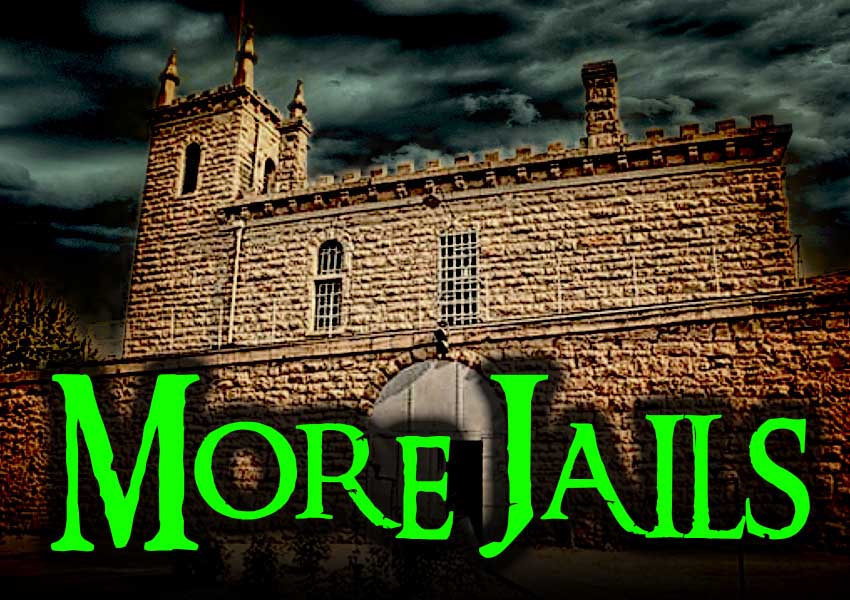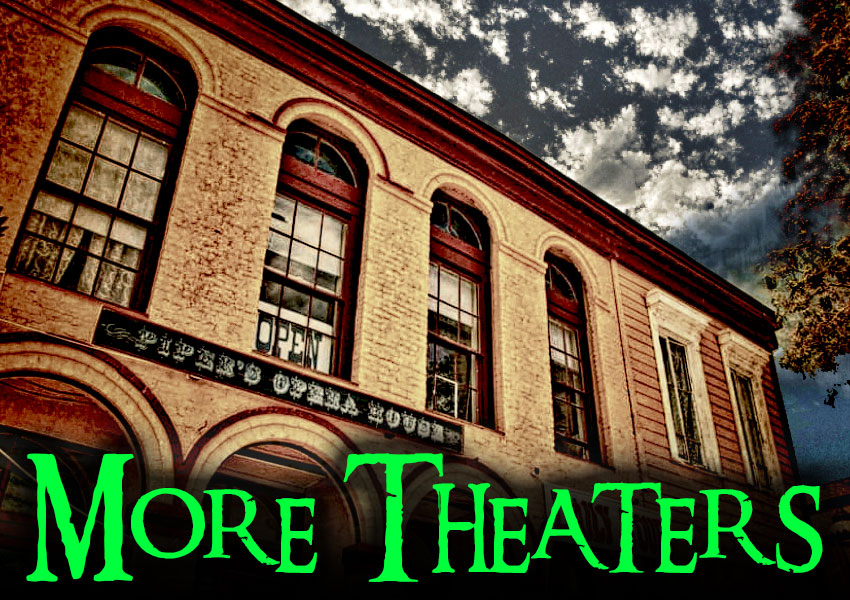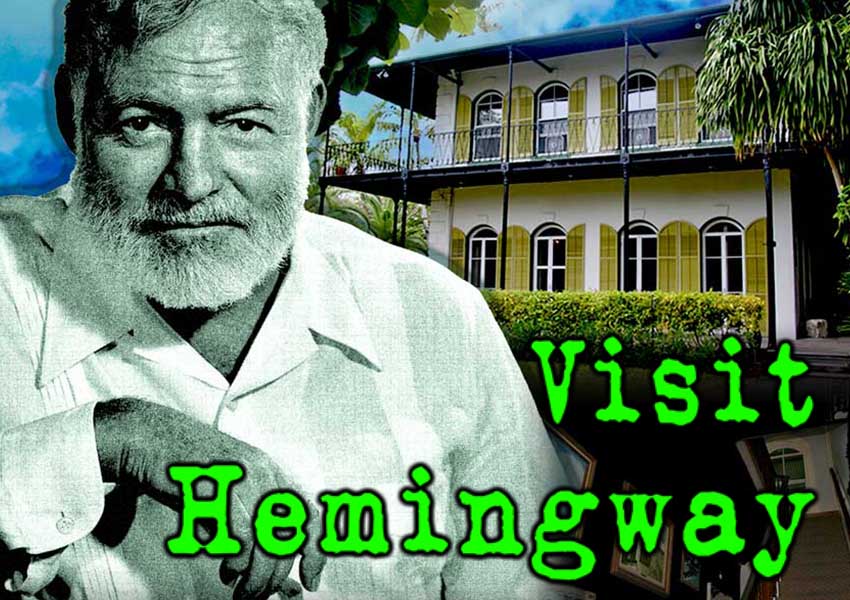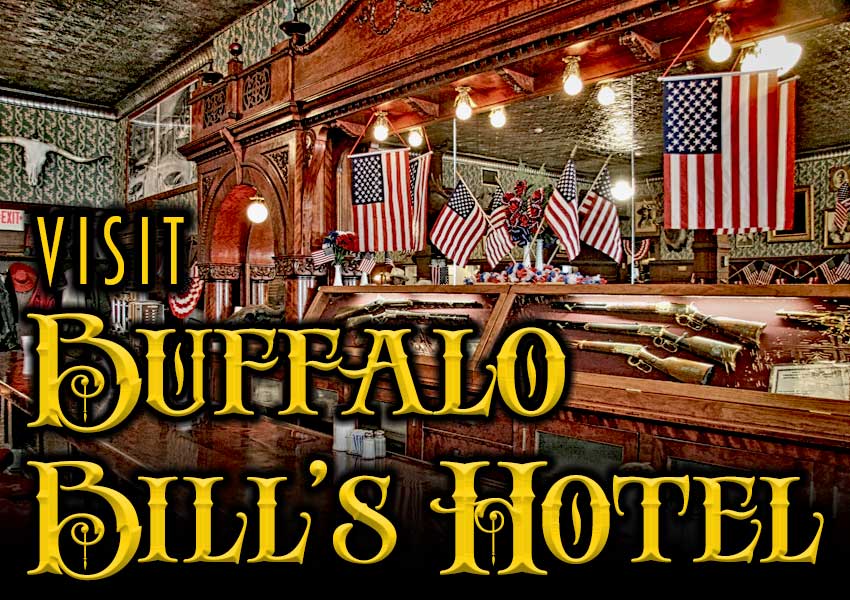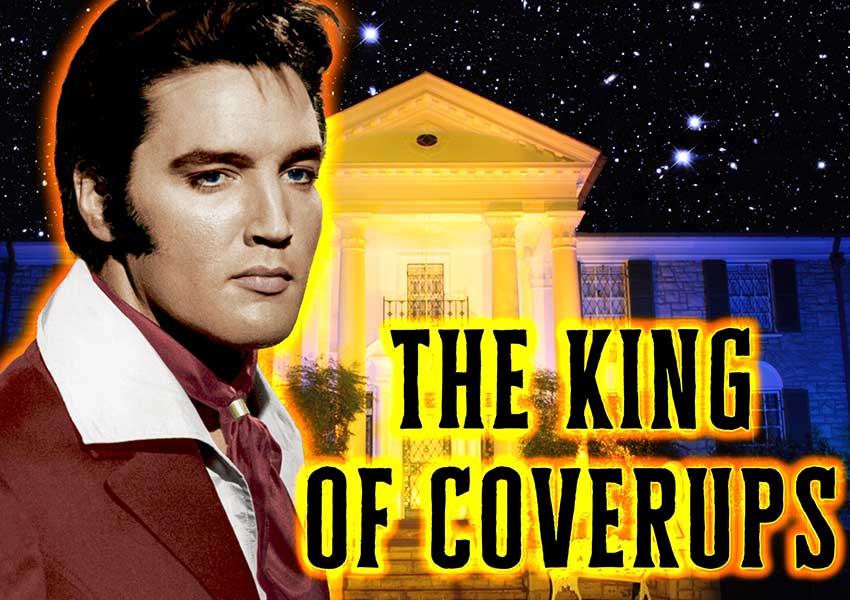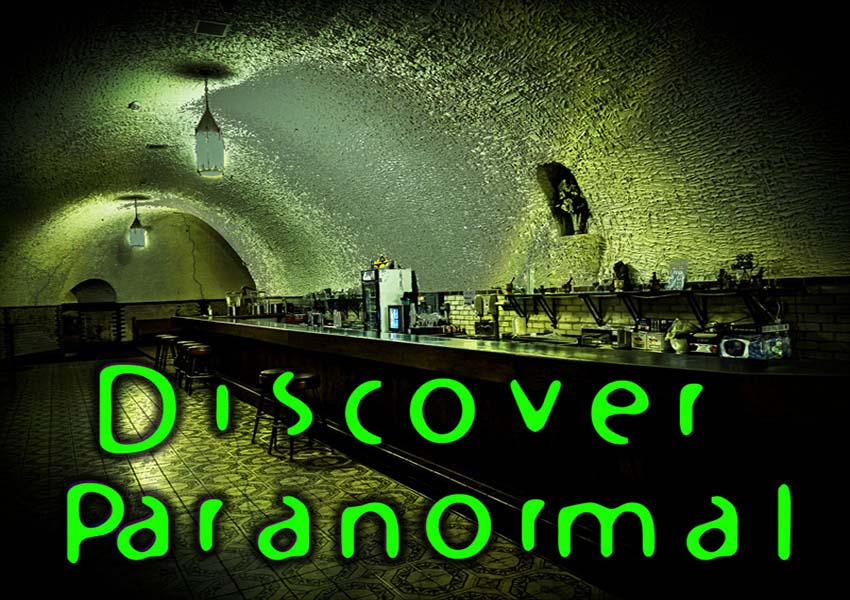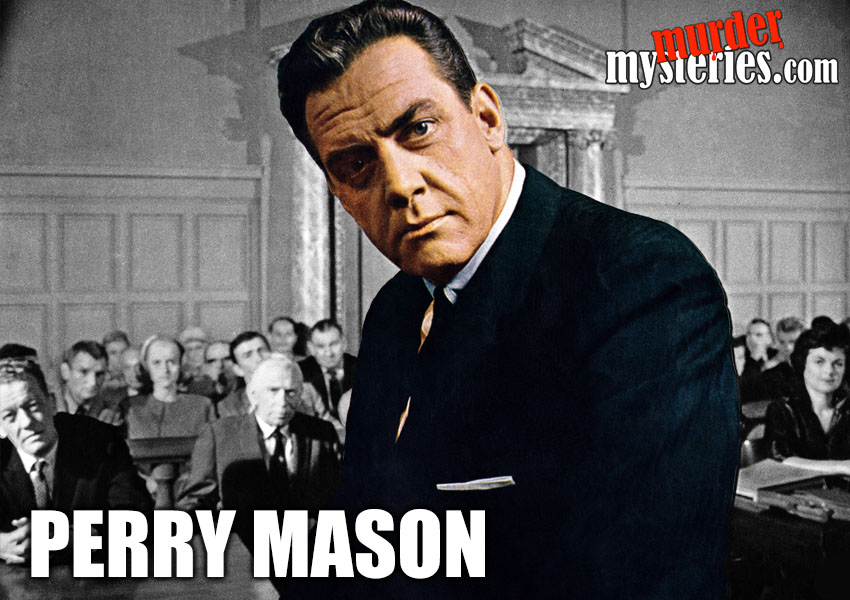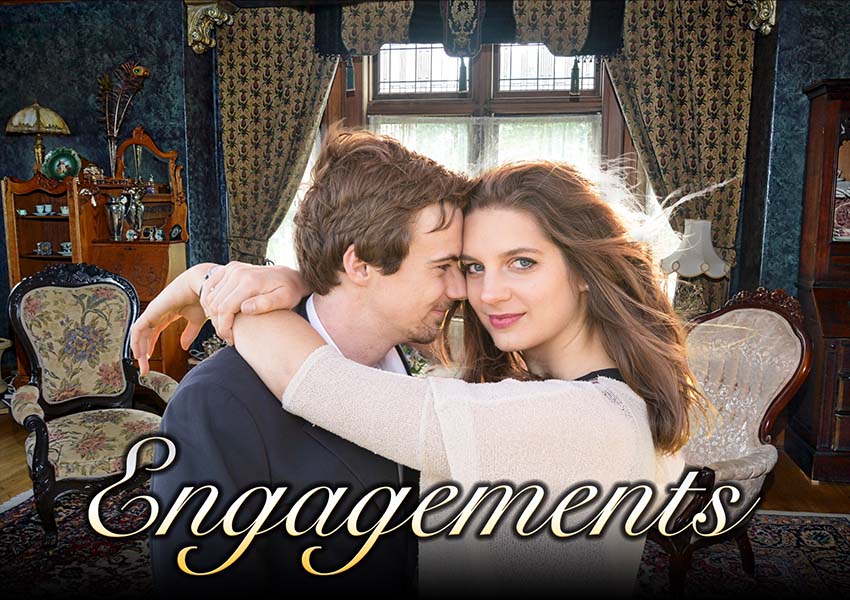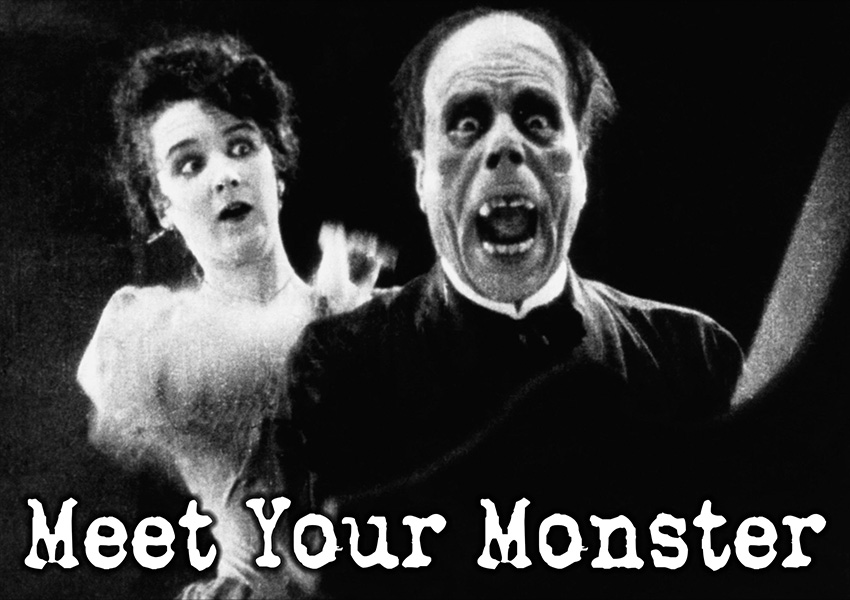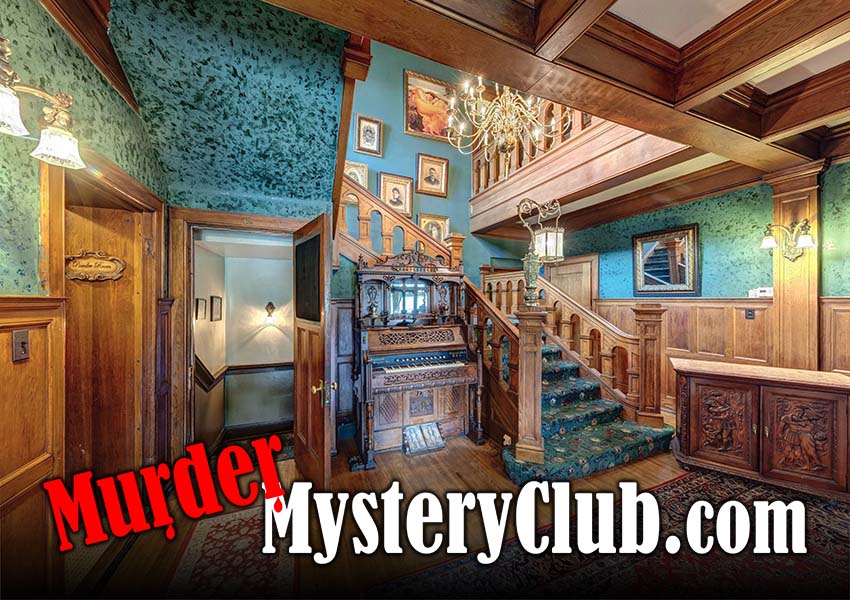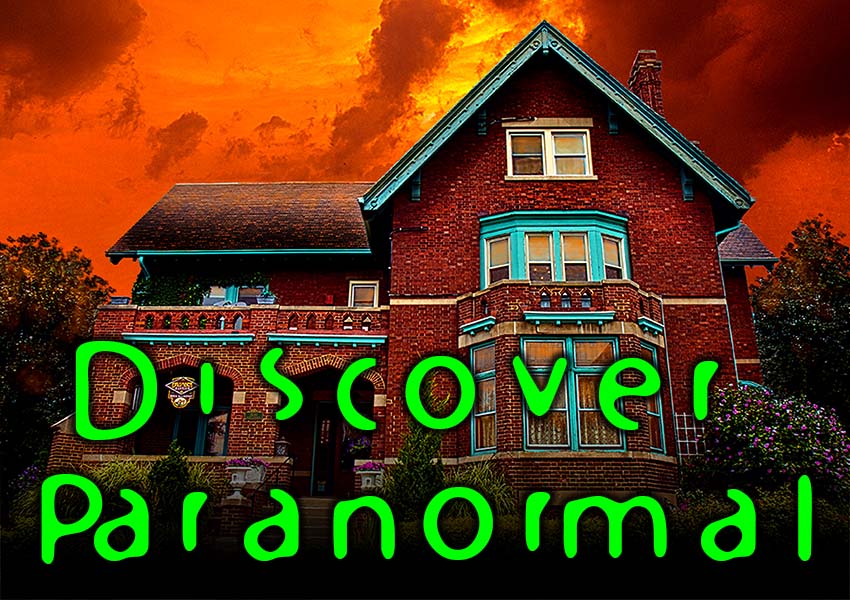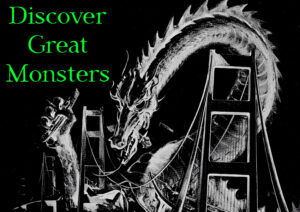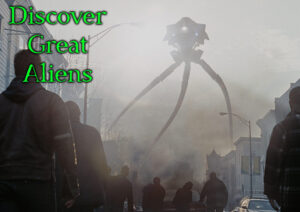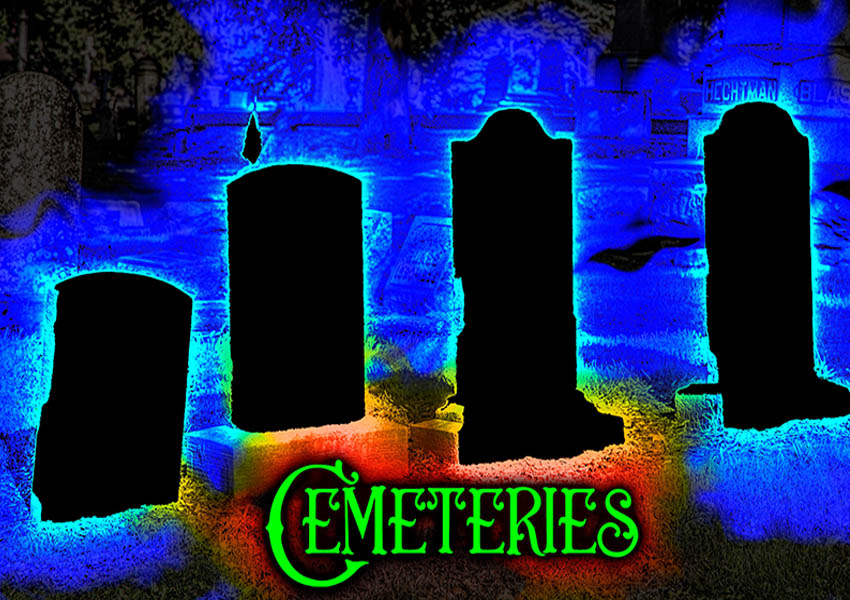Williamsburg Virginia
Peyton Randolph House
Disturbing graves; an abnormal amount of tragedy…
DESCRIPTION
Described as a two story, L-shaped, 1715, Georgian Colonial Mansion, with 1721 & 1737 improvements. This property is the most original structure found in Williamsburg National Historic Park. This grand home has three structures connected together by walls and hallways. The original 1715 Robertson House became the West Wing of the new and improved Peyton Randolph House. Sir John bought the east lot for L 50 and built another house there. The beautiful, two story, central section is described as being ‘spacious and well-appointed.” While it connects to the west wing by a hallway and a door on both floors, a brick wall connects the East wing.
There is a hall and grand central staircase that connect single rooms on each floor.
The main central section of this grand home still showcases the original and best surviving paneling; “including walnut paneling, fine brass hinges and locks, and a floor made mostly of the original edge-cut pine.”
Some of the older architecture and design from the days of Peyton Randolph’s family can be found on the second floor. It is indeed a handsome home that was built to last the years, and loved by many.
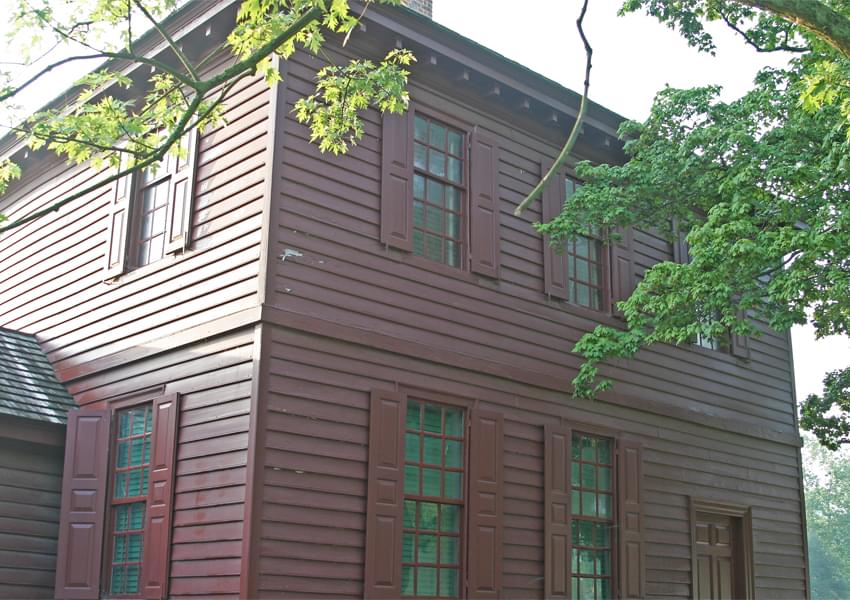
HISTORY
The original structure was built in 1715 by William Robertson. This house became the property of the Randolph family when Sir John Randolph bought it in 1721, and moved his family there; his wife Susannah, and their three sons: Beverley, Peyton and John. Sir John Randolph was the only Colonial citizen from Virginia who was knighted by the English King. He was a wealthy man and well-respected. Besides making improvements to this new home, Sir John also bought the land next to this house and build another home, destined to be the East Wing.
When he died in 1737, his wife Susannah took care of the house until the middle son, Peyton, became 24 years old. As the new home owner, Peyton Randolph did some remodeling of his family’s new home. He built “an elaborate center section, connecting all the rooms, forming the current L-shape”, that includes the two earlier main houses. Interestingly, the East Wing is not connected to the L structure, providing a private place for his mother, Susannah to live out her days. He and his wife, Elizabeth had no surviving children.
Sir John would’ve been very proud of his sons, Peyton and John who both served as public servants. “Peyton Randolph was elected speaker of the House of Burgesses, and his younger brother John, being a brilliant lawyer, succeeded him as the colony’s attorney general.” During the Revolutionary War, Peyton joined the rebellion movement, while John, being a staunch Loyalist went to England with his wife and daughters. John’s son stayed to fight with the rebels.
Peyton, a natural leader wound up being the first president of the First and Second Continental Congresses, playing an important role up to the outbreak of war with Great Britain.
His home became a place to meet for other revolutionary politicians like George Wythe and his cousin, Thomas Jefferson. Alas, in 1775, Peyton Randolph died of a stoke while serving, but was taken home to be buried next to his father under William and Mary’s Wren Chapel. Brother John eventually joined them there in 1784. Elizabeth held the fort, and stayed in the family home until her death in 1782.
In 1781, The Peyton Randolph House became the headquarters for the French troops, under the command of French General Jean-Baptiste-Donatien de Vimeur until American and French forces joined together to surround Yorktown. I am glad that Elizabeth could live in the East Wing; away from the noise.
In 1782, The Peyton Randolph House was auctioned off, and the winner was Joseph Hornsby who moved in with family during 1783.
In the early 19th century, The Peachy Family bought the property. Mary Monroe Peachy was the matriarch of the family. In 1824, French General Lafayette stayed for two nights, which was a highlight for the Peachy family. French General Lafayette had a few paranormal experiences which he found to be unsettling.
During the Civil War, The Peyton Randolph House became a hospital for wounded Confederate soldiers after the Battle of Williamsburg in 1862.
During the late 1800s’, the East Wing needed to be torn down.
In 1919, the Wilson/Ball family began to rent the house; winding up buying it outright in the early 1920s. The property was divided into smaller lots, and two 1920s style homes were built, each having a basement.
In 1938, Colonial Williamsburg started the long process of buying the whole property by buying one of the main historical structures. By the 1960s, the Peyton Randolph structures and property were all owned by Colonial Williamsburg. Both of the 1920s homes were torn down. The East Wing was reconstructed as it was originally built by Sir John; becoming a rental. It is good to have living folks on the property to deter mischief.
Colonial Williamsburg did two early restorations; 1939-1940, & 1967-1968. Visitors could walk through the center and west sections of the Peyton Randolph House. The reconstructed Eastern wing was still being rented to a private party. The last restoration effort, beginning in 1997 rebuilt the outer buildings after excavating to find out where they once stood: Stable, kitchen, slave quarters, dairy, etc. Today, visitors may take a tour of the entire house and those outer buildings that have been completed. There are also Ghost Tours. Apparently, many spirits have attached themselves to this structure and property for a variety of reasons.
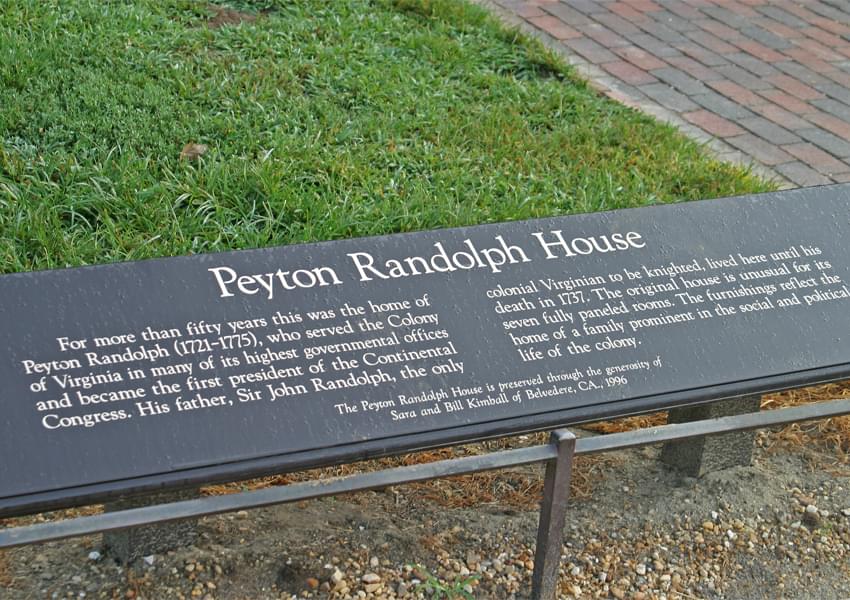
HISTORY OF MANIFESTATIONS
Paranormal activity has been reported since 1784! The Peyton Randolph House is considered to be the most haunted structure not only in Williamsburg, but on the East coast!
It is a bad idea to disturb/destroy graves. This act of disrespect can cause confused spirits to become active in this world. An Indian graveyard was destroyed when National Parkway Tunnel was constructed near the Peyton Randolph house in 1940.
Historic Homes that are restored or even rebuilt to their former glory, including the original and/or reconstructed furnishings, can draw their attached spirits into being active once again.
People who suffer huge loss and tragedy sometimes can’t let go of their pain, and stay in this world, letting the living know in some way of their pain or distract themselves by interacting with the living. Disease, illnesses, and an accident caused the deaths of several Peachy children; tragedies that their mother, Mrs. Peachy could never let go of and find peace in this world
Throughout The Peyton Randolph House’s long history, 30 people of all ages have died in the house, due to a variety of causes: accidents, suicides, murders, war, and mysterious natural illnesses. Sometimes the spirits of the deceased and the folks left behind are restless.
People who kill themselves often find that they are still unhappy/distressed/full of sorrow or rage. Some are stuck in this world by emotions they were trying to flee, and find some relief by seeking the living for company, amusement or chuckles. A disturbed uncle of the Peachy family killed himself in the drawing room of the Randolph Mansion. Another disturbed person killed himself or herself in the basement at sometime in the house’s history.
People who are suddenly stopped from completing their goals through disease or accident or war, sometimes stay where they felt support for their goals and may keep trying to reach their desires.
A young orphaned soldier came and stayed with the Peachy family while he studied at William & Mary College. This young soldier caught TB, and suffered a long and agonizing death. Yikes!
Peyton Randolph suddenly died when he wasn’t ready to go just yet.
As the Peyton Randolph House was used as a Civil War Hospital, some soldiers may have died there. Perhaps they don’t want to leave just yet.
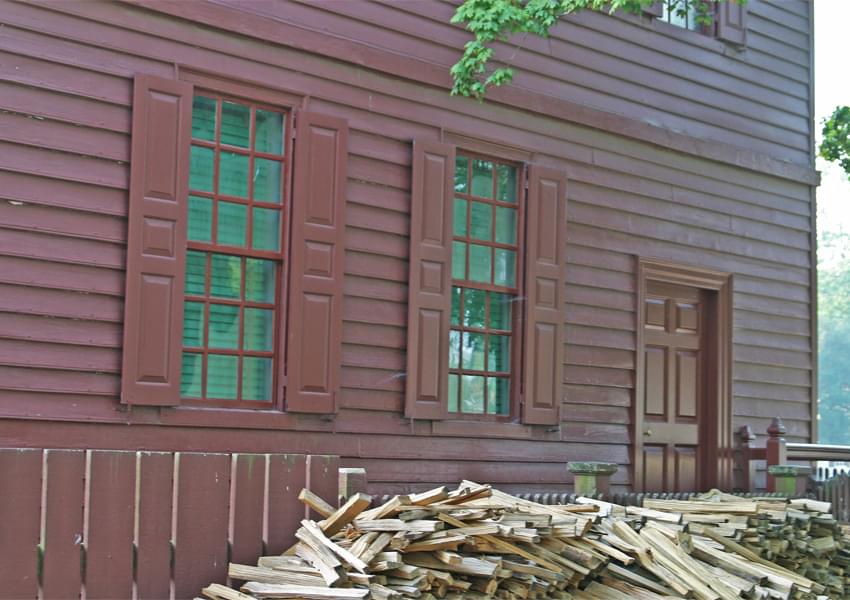
MANIFESTATIONS
Auditory
Many throughout the years have heard the shattering of a mirror and heavy boots tramping across a polished floor. May be residual activity.
Throughout the decades, disembodied voices have been heard.
Sounds of knocking inside the house have been reported. Sounds of Children playing have been noticed as well.
Apparently, a spirit likes to move furniture around.
Sensory
Sensitives and other sensitive psychics have picked up uncomfortable, uneasy feelings on the stairs and in some of the rooms.
Visual
Entity of Mrs. Peachy – Long described as the grieving, gaunt old lady with manners, who lives upstairs, on the second floor. This spirit has been seen wearing a flowing gown, with a laced cap on her head.
She apparently is still trying to work out her grief/warn the living about staying here; in the small, oak-paneled rear bedroom found on the second floor.
Many guests over the years at first enjoyed the warmth and coziness of the room, that had a nice corner fireplace and two narrow windows that face north. A low post bed was next to the windows.
Things changed after mid-night. The spirit of Mrs. Peachy would appear in this room, and gently call the guests sleeping here by their names.
She would then go into mourning, wringing her hands. The moonlight would shine through the windows, and then through the apparition of the grieving Mrs. Peachy who was “polishing the bones on her skeletal face.”
It is thought that this spirit of the grieving Mrs. Peachy was trying to warn the living about staying in this house of tragedy.
Entity of college student or perhaps one of the Peachy sons, or an unknown young man, perhaps a Confederate soldier that died here.
In an upstairs room, various past residents over the eras have awakened in the middle of the night, to see a white, shimmering, “translucent” male apparition standing in the corner of the room.
Employees have seen a life-like apparition of a young man in a colonial outfit. He is assumed to be a fellow employee until he suddenly disappears. Great chuckles!
Physical Contact
Unknown Spirit – who didn’t trust the French
French General Lafayette came to stay with the Peachy family. As he entered the foyer, he felt a cold hand on his shoulder, trying to stop him from entering the house.
He also heard voices and sounds all night.
Disturbed male entity; thought to be the suicidal uncle with unsolved issues: Likes to stay on the second floor
Described as not being a nice spirit, but being evil and angry; a bully. Takes out his anger on the living.
This mean spirit, with a bullying attitude, terrified a female hostess by trying to push her down from the top of the staircase that leads to the second floor. The female employee was able to hold onto the staircase railing until the attack stopped.
Because of this incident, some hostesses have refused to work in The Peyton Randolph House, or won’t go to the second floor alone.
More Physical Contact
Unhappy entity in the basement – scared the socks off/annoyed security guards twice!
In the 1970’s, just as the security guard, Mr. Jones was about to leave one night, he heard moans and groans coming from the house’s basement.
After he entered the basement to investigate the eerie sounds, something slammed the basement door shut and locked it from the outside. Yikes!! An unseen spirit apparently wanted company and power.
The guard found himself unable to move; in a paralyzed state. When his boss knocked on the front door of the house, the basement door unlocked itself, and Mr. Jones was released from his paralysis. He left his job here and got another one without ghosts.
A more recent occurrence happened. A security guard entered via the shuttered doors behind the house into the cellar basement. As he was about to leave, he heard a loud and scary growl.
An unseen force held his feet to the ground so he couldn’t move. Something turned off his flashlight and slammed the shutters shut. The guard called on his radio to call the station for help.
A fellow officer pried open the cellar doors, the guard was released from the floor. This guard didn’t scare easily. He stayed for three more months, then left for a higher paying job.
Spirits Having Fun!
A fire alarm went off in the East Wing.
When security came to investigate, they found the extinguisher sitting in the middle of a room. Neat circles of foam encircled it.
After a search of the place, no intruders or evidence of intruders was found.
STILL HAUNTED?
Yes indeed, in a big way!
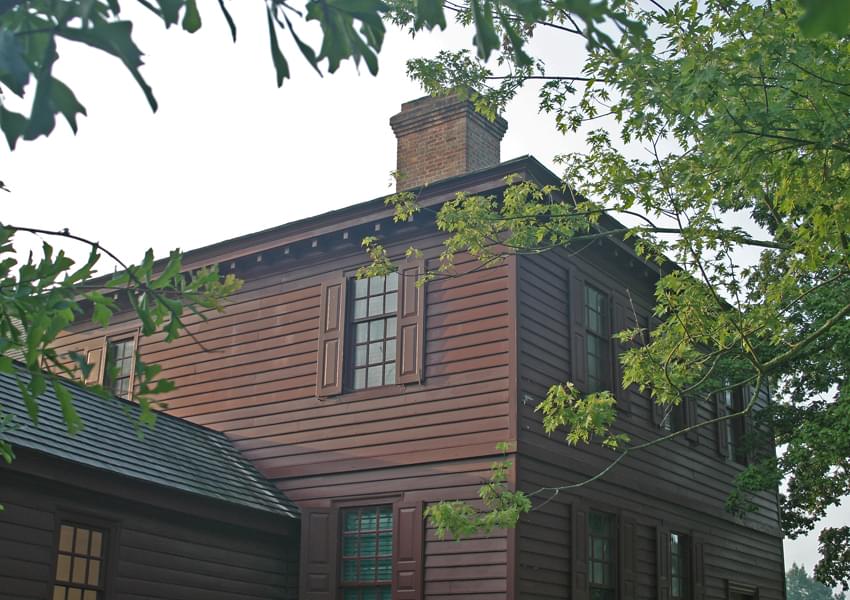
LOCATION
100 W Nicholson Street
Williamsburg, VA 23185
In Williamsburg Colonial Village, the mansion faces market square, on the northeast corner of Nicholson and North England Streets.
SOURCES INCLUDE
- www.youtube.com/
- colonialghosts.com/peyton-randolph-house-hauntings-solved/
- www.history.org/almanack/people/bios/bioratjr.cfm
- www.history.org/Almanack/places/hb/hbran.cfm
- The Hauntings of Williamsburg, Yorktown, and Jamestown, by Jackie Eileen Behrend,Publisher: by Jackie Eileen Behrend (July 12, 2009)
Our Haunted Paranormal Stories are Written by Julie Carr
Your Road Trip to Milwaukee’s Hot Spots

